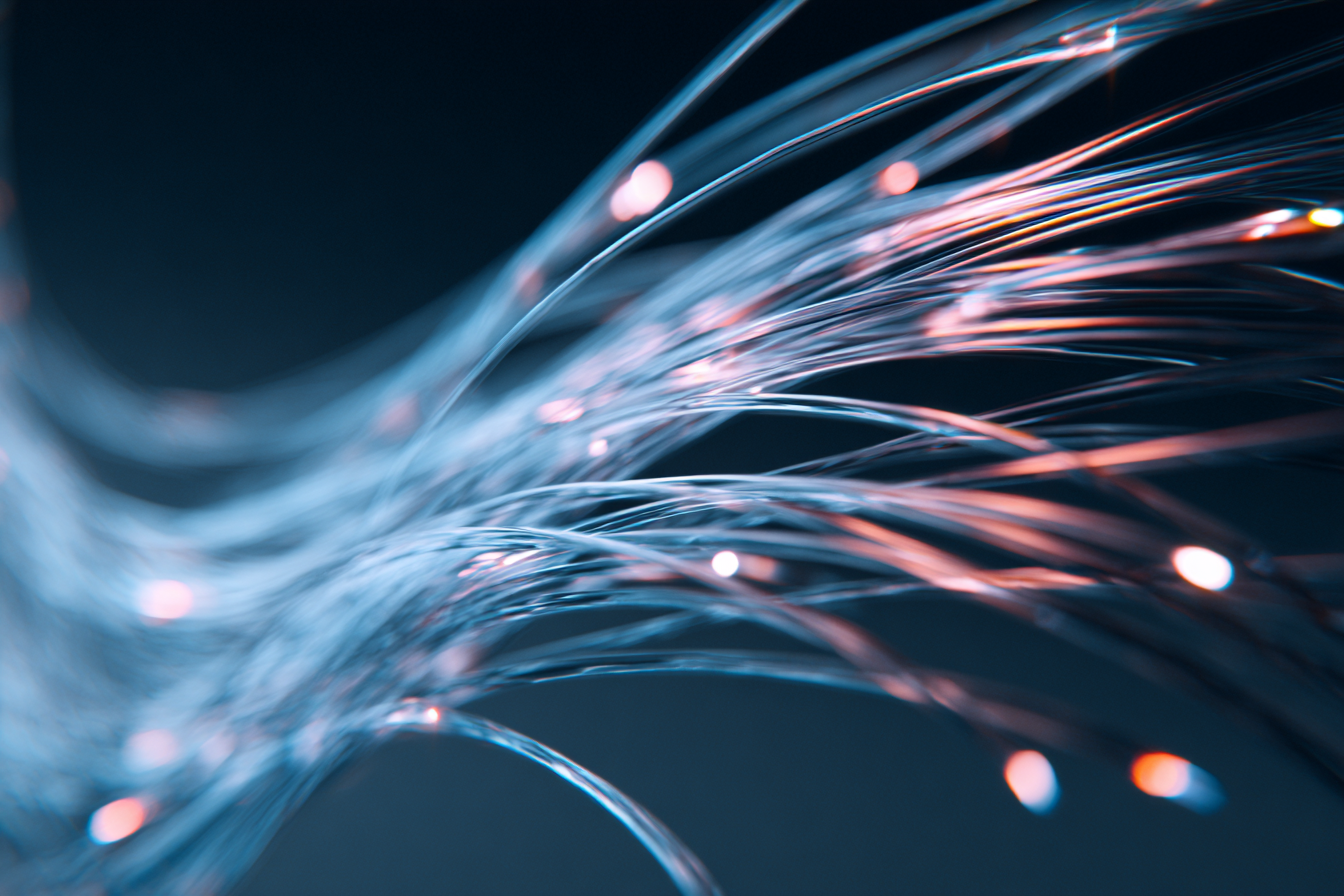Introduction to fiber laser material processing
Laser technology for material processing is currently experiencing the peak of its development and popularity. Modern fiber laser technologies are rapidly being introduced into industrial production and the advertising business, often replacing traditional methods of material processing.
The focused laser beam of adjustable power turned out to be an ideal “working tool” for the creators of new equipment. The laser system for cutting and marking, welding and surfacing, as a material processing tool, works quickly and does not wear out; it is economical, highly accurate, and its impact is easy to control and manage.
Advantages of fiber laser technologies
Laser technologies for material processing have several advantages that contribute to the expansion of their application in various industries and services:
- a diverse selection of processed materials.
- no mechanical impact on the product with minimal thermal,
- precision and guaranteed repeatability,
- high contrast and durability of the images applied,
- high speed and performance, saving on consumables, and low power consumption,
- possibility of laser beam processing in hard-to-reach places, on flat and curved surfaces,
- the ability to integrate the fiber laser into various technological processes, including production lines and robotic systems.
Applications of fiber laser systems
Laser system engraving is effective for personalization of souvenirs and gifts, and fiber laser application for personal and greeting inscriptions. Laser beam cutting as a high-precision tool allows for the production of products with minimal material consumption and without additional processing of the cutting edges. Laser system welding is characterized by high welding speeds and high-quality welds with minimal weld sizes.
Laser hardening
A fiber laser or thermal hardening of metals and alloys by laser beam emission is based on local heating of a surface area under the influence of radiation and subsequent cooling of this surface area at a supercritical rate as a result of heat transfer to the inner layers of the metal.
In contrast to the known processes of thermal hardening by quenching with high-frequency currents, electric heating, melt quenching, and other methods, heating during laser beam hardening is not volumetric, but a surface process. At the same time, the heating time and cooling time are insignificant, and there is almost no exposure at the heating temperature.
These conditions provide high rates of heating and cooling of the treated surface areas. Due to these features, the formation of the structure during laser beam heat treatment has its own specific features. The main purpose of fiber laser thermal hardening of steels, cast iron, and non-ferrous alloys is to increase the wear resistance of parts working under friction conditions.
As a result of laser system hardening, high surface hardness, high dispersion of the structure, a decrease in the coefficient of friction, an increase in the bearing capacity of the surface layers, and other parameters are achieved. Fiber laser hardening provides the lowest wear and friction coefficient, and furnace quenching – the highest.
Along with this, hardening by the fiber laser system is characterized by very small running time (only two or three cycles), a decrease in the upper values of the number of acoustic emission pulses, and a small interval of change in the number of laser beam pulses. This is due to an increase in the uniformity of the microstructure of the surface area after laser system hardening.
The wear resistance of cast iron and aluminum alloys under sliding friction conditions after continuous laser treatment is noticeably increased. The increased wear resistance of cast iron after laser beam treatment is due not only to the corresponding structural and phase composition but also to improved friction conditions. It also increases the wear resistance of steels and some other alloys when friction occurs in alkaline and acidic environments.
Laser system cutting
Fiber laser cutting is a laser technology that uses the energy of a laser beam to cut various materials. Laser cutting is usually used on industrial production lines. Technologically, this process is reduced to focusing a high-energy laser stream on the material being cut. The material, in turn, begins to melt, burn, evaporate, or be removed by a stream of auxiliary gas.
The laser beam cut is characterized by high edge quality and positioning accuracy. Powerful industrial fiber lasers can cut metal sheets and other materials of various shapes with equal ease. Laser system cutting has a number of advantages over other metal-cutting methods.
The advanced equipment of the fiber laser system cutting machine is able to process almost all metals and their alloys. It becomes possible to achieve a minimum area of the cut, while there is almost no deformation of the edges. The purchase of laser system cutting equipment is advisable in cases where it is necessary to perform the following types of work:
- Machine processing of metal without high initial costs and physical contact with the metal
- Metal processing without using a large amount of manual labor
- Metal cutting that does not involve further processing of the part
- High-speed metal cutting, which is accompanied by a slight thermal effect on the metal surface
- Cutting of finished products (past painting processes, etc.) without losing the external qualities of the part.
The fiber laser is able to operate in pulse-periodic and continuous modes. The technological capabilities of the laser beam equipment allow performing metal cutting operations that are accompanied by a small amount of waste. Since the laser system cutting machine is characterized by high positioning accuracy, it is possible to significantly reduce the cut tolerance, which leads to high economic efficiency of cutting.
The laser beam of high quality makes it possible not only to cut metal with high precision but also to create holes in it with a diameter of 0.2 mm or more. The fiber laser system for cutting is characterized by a high speed of operation, which depends on the power of the laser beam.
Laser cutting equipment makes it possible to process non-rigid parts and parts that are easily subject to deformation. The use of laser technology enables cutting out details of any, even the most complex contour.
Laser engraving
Fiber laser engraving includes the removal of the surface layer of a material (metal, plastic, leather) or coating (paint, electroplating, spraying) under the influence of the laser beam of high quality. Laser system engraving will not be erased and will not fade. It can rightfully be called eternal.
The laser beam process is controlled by a computer, which allows engraving images from any digital format (after the necessary processing). The laser beam of high quality allows applying high-resolution images. This makes it possible to engrave high-quality microimages and microtexts.
The laser beam modes embedded in the system can vary widely. This allows adjusting the depth of the burning of the material. For example, there is a deep engraving in metal for maximum clarity and durability, or evaporation of the top layer of paint for the product label without affecting the material itself.
In addition to the standard three-dimensional laser system engraving, there is a technology for obtaining color engraving. Colors in fiber laser engraving of metal are achieved due to the appearance of oxide films in the area of laser beam exposure. The laser technology for obtaining them is innovative and unique. The colors are selected separately for each new material.
Laser welding
Fiber laser welding is a welding technology used to attach various parts of metal using a laser system. Due to the high concentration of laser beam energy in the welding process, a small volume of molten metal, the small size of the heating spot, high rates of heating and cooling of the weld metal, and the near-weld zone are provided.
The process is often used to perform large volumes of production, such as in the automotive industry. Depending on the purpose, continuous or pulsed fiber laser operation can be used. A laser beam with a pulse time of the order of milliseconds is used for welding very thin workpieces. A continuous laser system is used for deep welding.
Fiber laser welding is a universal welding method that can be used to weld carbon steel, stainless steel, aluminum, and titanium. A high cooling rate can lead to thermal damage when welding carbon steels. The welding quality is high, similar to electron beam welding. The welding speed is proportional to the applied power and also depends on the type and thickness of the workpieces.
The high power potential of fiber laser systems makes them particularly suitable for large production volumes. This type of welding is particularly dominant in the automated industry. Some of the advantages of fiber laser welding compared to conventional include: air route can be used to transmit the laser beam, that is, there is no need to vacuum, it is easy to synchronize manipulators, there is no X-ray radiation, and it provides the best quality of welds.
One of the methods of laser system welding is hybrid laser beam welding. This is a combination of laser and arc welding (gas metal arc welding). The electric arc melts the wire, ensuring a constant arc length, while the wire is fed automatically by the wire feeder. Protective gases (argon, helium, carbon dioxide, and their mixtures) are used to protect against the atmosphere that appears from the welding head, together with the electrode wire.










